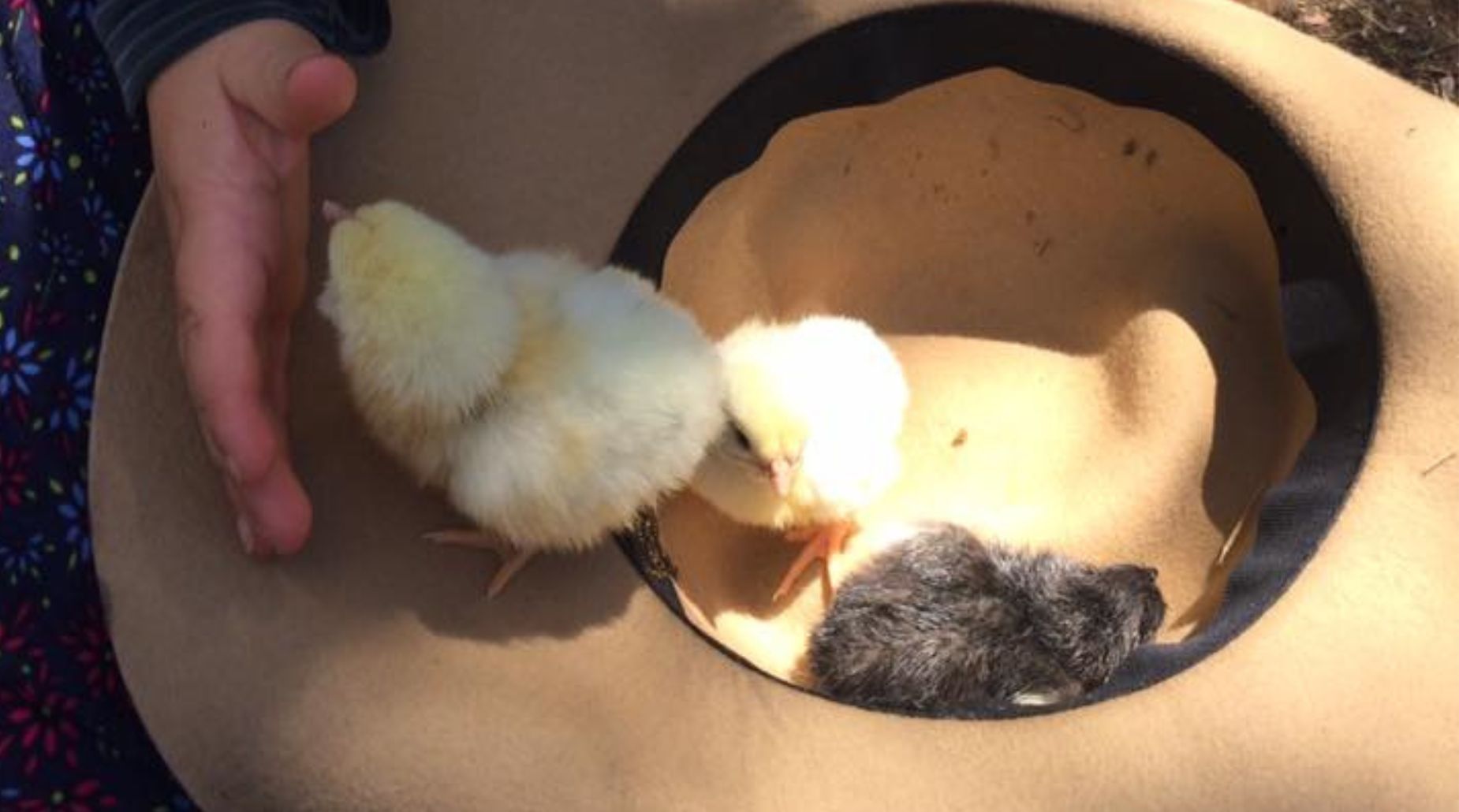A Guide to Exploring the World of Living Things with Young Children
As human beings, we are surrounded by living things. From the people in their lives to the animals they encounter and even the plants they see, young children are constantly interacting with living organisms. Therefore, it’s makes sense to introduce the concept of living things early on in their education.
The following concepts will be explored in this post-
Why teach young children about living things?
Children are living things and they are surrounded by living things. Honestly, the most special and important things in young children’s lives are the living things around them, their care givers, their teachers, their pets. They love them, but they also rely on them to keep them alive! This makes biology a pretty logical starting point in the introduction of STEM in the early childhood classroom.
Moreover, there have been some recent studies that show that children actually start developing a basic idea of the differences between living and non-living things much sooner than we previously thought. Before children even begin kindergarten, they can logically categorize natural objects and make predictions about living things. For young children, the idea of ‘animacy’ or ‘being alive’, develops slowly, with recognition of humans being alive first, then animals, and gradually plants

Teaching young children about living things can help them:
- Develop a sense of curiosity about the natural world,
- Learn about the basic needs and characteristics of living organisms,
- Appreciate the diversity of life on Earth,
- Understand their role in the ecosystem and their impact on the environment.
Understanding the Characteristics of Living Things
Living things share certain characteristics that distinguish them from non-living things. These characteristics include the ability to use energy, respire, excrete waste, move, reproduce, grow, and respond to changes. These characteristics may seem simple, but they are essential for life.
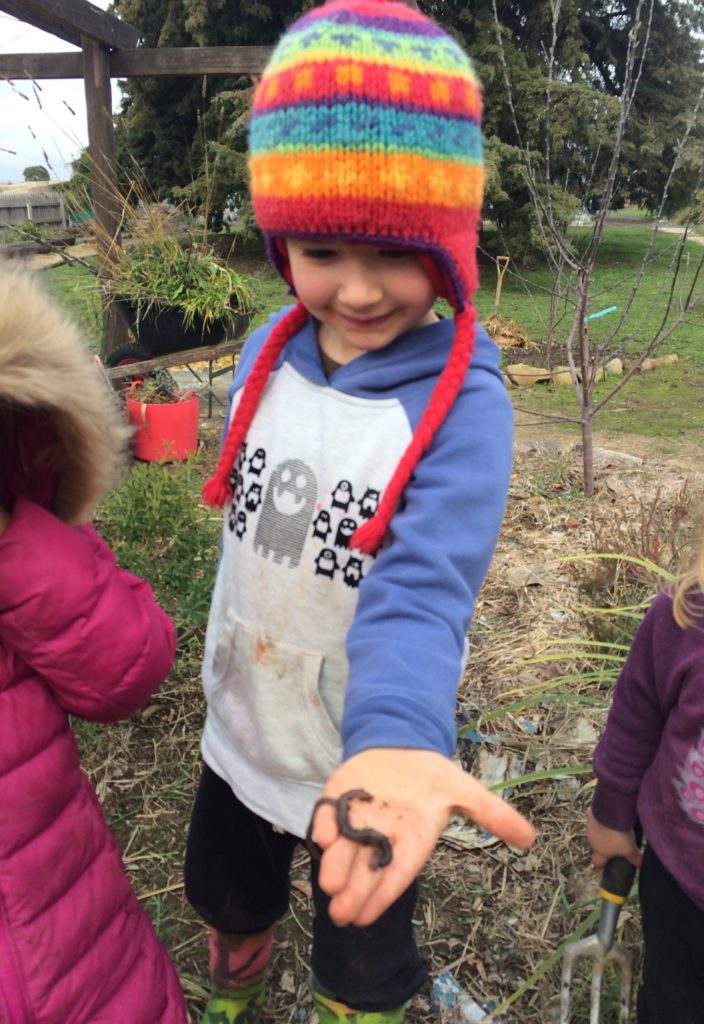
- Using Energy: Living things need a source of energy to survive. For animals, this often means consuming food, while plants use sunlight to produce their own energy through photosynthesis.
- Respiration: Living things need oxygen to break down food and release energy, which is known as respiration. Animals breathe in oxygen and breathe out carbon dioxide, while plants undergo respiration at night and release oxygen during the day.
- Excretion: Living things produce waste that must be eliminated from their bodies. For animals, this means excreting waste products such as urine and faeces. Plants, on the other hand, lose water vapor through tiny openings in their leaves, a process called transpiration.
- Movement: Living things can move in response to stimuli. Animals can move on their own, while plants may move in response to light or other environmental factors.
- Reproduction: Living things can create offspring to continue their species. Animals reproduce through mating, while plants can reproduce through pollination.
- Growth: Living things grow and develop over time. Animals grow larger and stronger as they age, while plants may grow taller or produce more leaves.
- Sensitivity and Response to Change: Living things can detect changes in their environment and respond accordingly. For example, plants may grow towards a source of light or animals may move away from a predator.
Biophilia & Biophobia
Biophilia refers to the innate human connection to nature, which has been shown to have numerous benefits, including reducing stress and improving cognitive function. However, research has also shown that this connection to nature can be disrupted, leading to biophobia, or fear and aversion to natural things and situations. This can happen in young children when they have negative experiences with living things or are not exposed to them at an early age.
In order to promote biophilia in young children, it is important to provide them with opportunities to experience and explore the natural world. This can be done through outdoor play, nature walks, and hands-on experiences with plants and animals. Children who have positive experiences with living things are more likely to develop a sense of wonder and appreciation for the natural world, which can lead to a lifelong connection to nature.
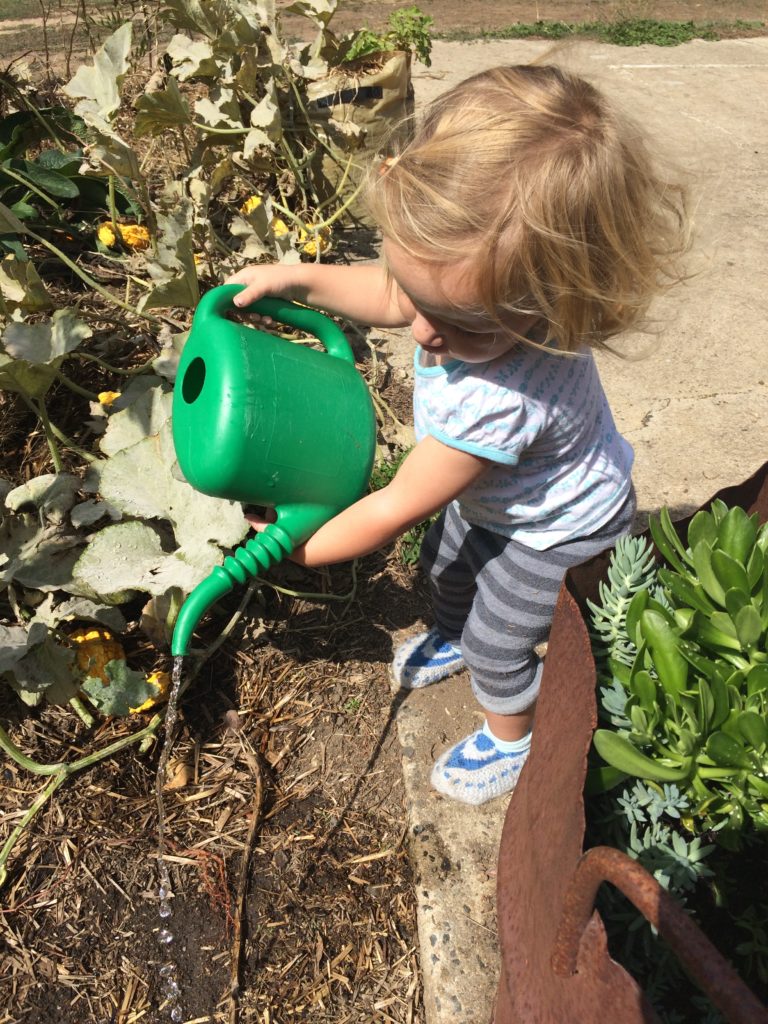
On the other hand, if young children are not exposed to living things or have negative experiences, they may develop biophobia. This can lead to fear and avoidance of living things, which can have negative consequences for their development and well-being. Biophobia can also have an impact on children’s attitudes towards the environment, leading to a lack of concern for the natural world and its preservation.
Parents, educators, and caregivers can help promote biophilia in young children by providing them with positive experiences with living things. This can involve bringing plants and animals into the classroom or home, visiting nature centres, and encouraging outdoor play. By doing so, we can help children develop a sense of connection to nature that can last a lifetime.
Activities to Explore the World of Living Things
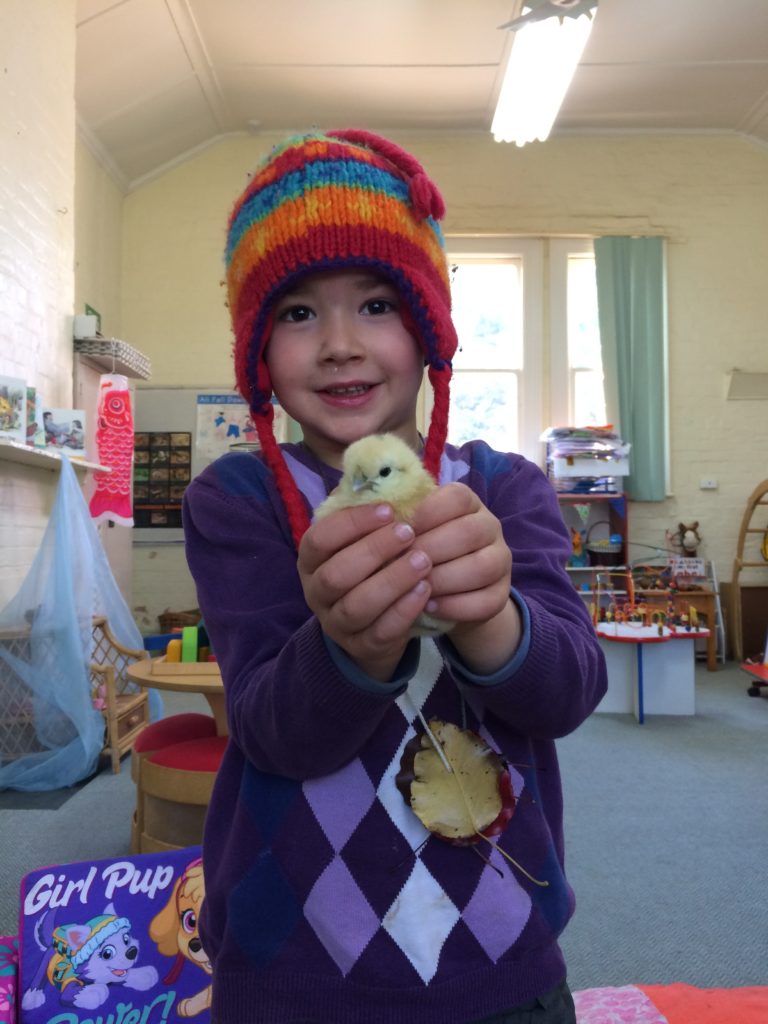
- Nature Walk: Take children on a nature walk to observe and identify living things in their environment. Encourage them to use their senses to observe the characteristics of plants and animals, such as the colour, shape, texture, and smell.
- Plant Observation: Set up a plant observation station in the classroom or at home. Provide magnifying glasses for children to observe the parts of the plant, including the leaves, stems, flowers, and roots. Discuss the plant’s characteristics and its role in the ecosystem.
- Pet Care: If possible, involve children in the care of pets, such as feeding, grooming, and exercising. Discuss the characteristics of the pets and their needs for survival, including their diet, habitat, and behaviour.
- Life Cycle Study: Choose an animal or plant to study its life cycle. Discuss the different stages of the life cycle, from birth to adulthood, and how each stage contributes to the survival of the species.
- Food Chain Game: Play a game with children to teach them about the food chain. Have children identify different animals and plants in the ecosystem and how they contribute to the food chain.
To explore the concept of living things further, purchase my Plants As Living Things Bundle here
Wrapping Up
Teaching young children about living things is an essential part of early childhood education. Understanding the characteristics of living things and appreciating the diversity of life on Earth can help children develop a sense of wonder and curiosity about the natural world. Moreover, it can help them understand their role in the ecosystem and the importance of taking care of the environment.
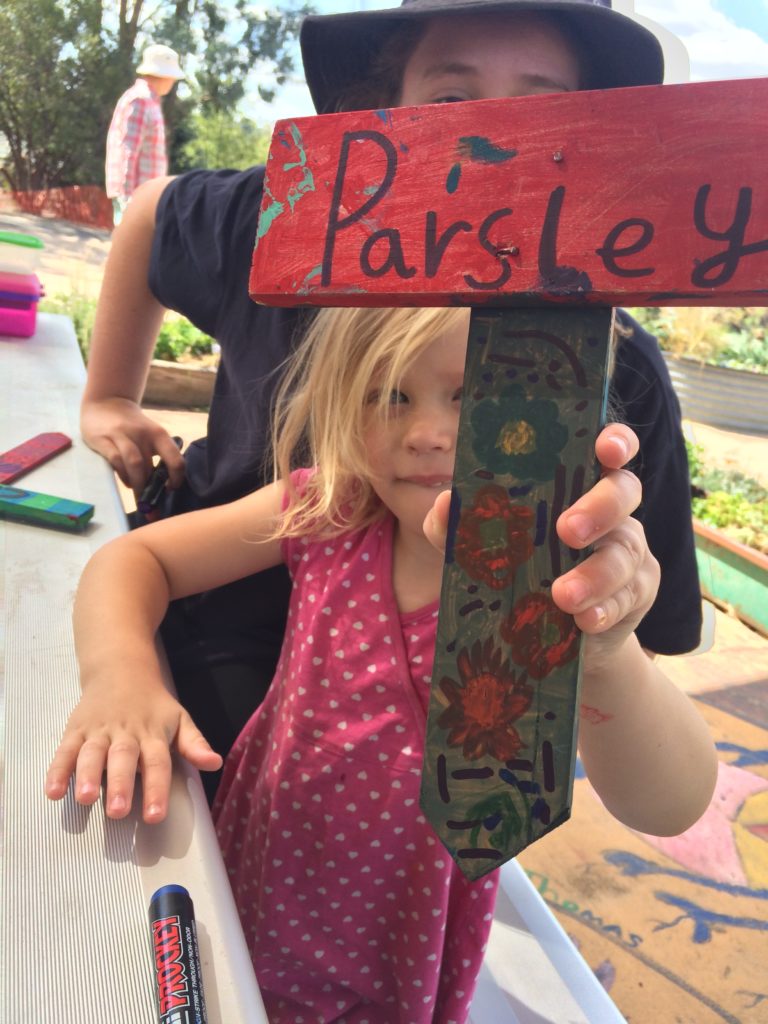
As parents and educators, we have a responsibility to introduce our children to the world of living things and provide opportunities for them to explore and learn. By incorporating activities such as nature walks, plant observations, and animal encounters, we can help children develop a deeper understanding and appreciation of the living things around them.
So, let us take the initiative and help our children explore the world of living things. By doing so, we can instil a lifelong love for nature and inspire the next generation of scientists, environmentalists, and conservationists



